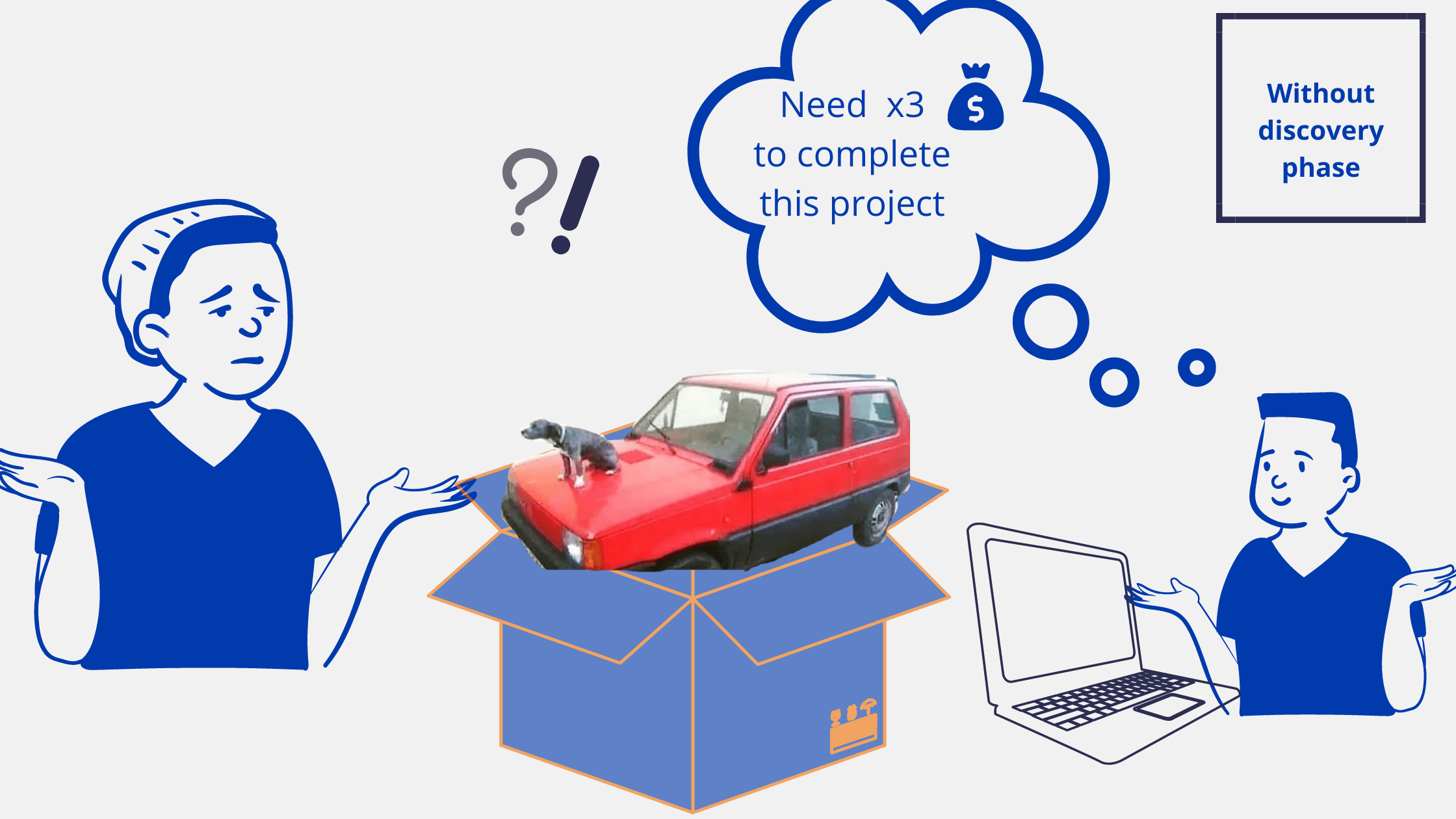
The Discovery Phase of a Software Development Project: What It Is and Why You Need It
Custom software solutions represent one of the most powerful tools available to both you and your company. After all, the software development process is built around giving organizations an opportunity to create solutions specifically designed for their needs and specifications.
Unfortunately, one of the most important steps in these complex projects – the “Discovery Phase” – is often being rushed or omitted in general.
So as a matter of fact, it leads to severe repercussions. For instance, a report published by McKinsey found that large IT projects tend to run over budget by a whopping 45%, on average! And it makes no difference whether you are a startup or a well-established company in your industry; this type of cost overrun can cause some considerable issues.
That’s where the Discovery Phase (or lack thereof) comes into play.
What is the discovery phase of a software development project?

The Discovery Phase should be the first major step in any software development project. It’s what establishes the framework that, going forward, the rest of the project implementation will rest upon.
During the project discovery phase, management teams collaborate with the goal of fleshing out project details and collecting project requirements, cost estimates, market research, and timelines.
Without clearly establishing all of these factors, projects will end up lacking in both detail and design. Teams will be less focused on what they need to accomplish and more likely to go off-task, off-budget, and off-schedule. All of this can lead to major issues down the line. If you’re a project manager, you might say that the Discovery Phase plays a big role in ensuring your job!
The discovery phase and business goals
Helps the project stay on budget
Simplifies the project management process
Ensures the project includes all key features and requirements
Helps determine business goals, development costs, and more
Makes sure team members have a realistic timeline to follow
Helps simplify an otherwise very complex process
Establishes general requirements and expectations
What is the Reason for the Discovery Phase of a Project?
We all know that software is a powerful tool and that it is easily shaped and molded to fit unique situations. But without the proper layout, a list of desired features, and some sort of “blueprint,” it doesn’t take much for a new digital system to miss the mark.
By implementing a proper software development Discovery Phase, you and your team can work together to come up with a clearly defined scope that meets everyone’s needs and incorporates each person's skills.
It's also worth mentioning that, in most cases, a company’s upper management won’t directly concern themselves with what their software product development team is doing. However, once unpaid overtime hours start stacking up and reports show the project way past the deadline, they’ll get involved very quickly.
Who Should Be a Part of the Discovery Phase?

The Designer
Designers are responsible for handling the details of a project and tasked with bringing that framework to life. Whether you include the head designer or the whole, the former is responsible for listening to needs and requirements and then formulating a general idea of the project in their minds. They are, in many ways, in the same role as an architect planning a building or an engineer designing a complex device.
Business Analyst
A business analyst is another vital ingredient to the Discovery Phase. They can provide insight into many aspects of the company and generally speak for the business owner in a lot of situations.
They can not only comment on how certain tools might integrate and improve processes, but they can clarify all necessary business requirements and provide an in-depth look at how the project will affect the company. From the developer standpoint, having a business analyst participate in the Discovery Phase will often prove invaluable. You might consider them the “target audience” for the Discovery Phase.
Software Architect
The inclusion of a software architect should make sense to almost everyone. After all, they are the ones who are actually responsible for building and testing the software. Having a software architect involved from the get-go allows them to get a better understanding of the intent and thought behind the project. They can also provide the team with valuable insight into how the software could potentially work in the end.
Project Manager
Not having a project manager involved (preferably leading) in the discovery process would be like building a skyscraper without talking to the architect. Project managers have essential roles in most businesses, and software development is no different. And while different industries may have their own definitions, titles, and responsibilities for their managers, their primary concern is always supervising the completion of assigned tasks.
In the end, these individuals should serve as the “go-to” resource for anything related to ongoing tasks. Whenever possible, they should facilitate communication and redistribute resources as needed.
What’s Included in the Project Discovery Phase?
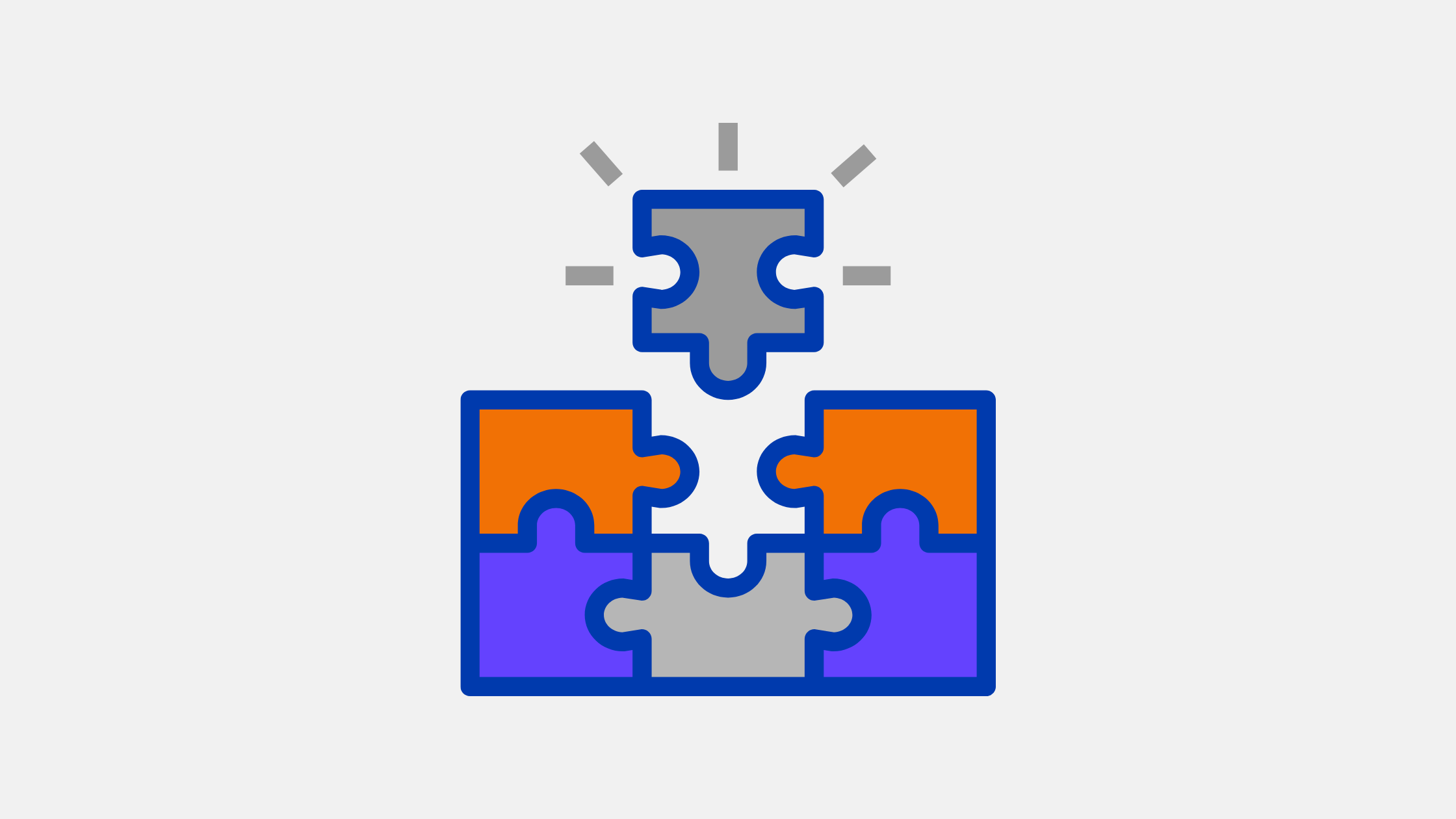
By now, the importance of the project discovery phase in software development should be well established. However, you might still be wondering exactly what the process entails. Sadly, there is no single answer to this question.
Though Discovery Phases tend to be quite similar, they will vary depending on a number of factors. For instance, if you plan to outsource development, the process will be highly dependent on the company you choose.
However, we can provide you with a demonstration of how a meeting with InventorSoft might go. This should give you a good idea of what you might expect from a professional development team.
EXAMPLE: InventorSoft Discovery Phase Meeting
Discuss Goals (Long Term and Short Term)
The end goal is the most important aspect of any project, which is why it’s the first thing on our list. Ultimately, establishing clear short and long-term project goals is integral to establishing a vision for the project and its components.
This discovery stage also ensures that your money will go towards working software that provides you with precisely what you’re looking for.
Discuss the Budget (Pricing Models)
Depending on who you ask, the budget could be the most important of all project aspects. We can establish a clear idea of what can be done and how expensive the software can be by confronting costs upfront. Drafting a budget also gives developers an idea of what they’re working with, which can help ensure that feature implementation remains realistic.
For more information, you can check out this detailed article about how to select the best outsourcing pricing model.
Discuss How Much Time You Are Ready to Spend (Requirements, Calls, Etc.)
When dealing with outsourcing, it’s essential that you set and manage your expectations.
For instance, discussing your time investment allows the agency to understand your desired involvement in the process. With that in mind, they can cater a tailor-made plan just for you. As a partner, InventorSoft wants to ensure you get the updates and input you deserve. The more clearly (and early) we establish that, the better.
Investigate Technologies and Requirements
It should come as no surprise that discussing the product/software itself is extremely important. Indeed, outlining the features and project requirements you might have is vital to ensuring you get what you want in the end.
This discovery stage is also where all your needs, hopes, and extra desired features should be both discussed and recorded.
We always prefer that our clients provide a detailed explanation of all the important aspects of the project as well as those features that they’d add if they could. That way, if we end up with some room in the budget, we’ll already know which features you want to add.
Project Deadlines
Deadlines are integral to all tasks because they establish expectations for all parties. Moreover, discussing deadlines with everyone present allows the entire project team to have a say in the matter. You don’t want to set a specific delivery date only to find out later that it’s neither possible nor probable.
Feature Prioritization
Again, attaching a priority to all the features you’d like to see can help provide direction to the developers involved. For instance, focusing on the key features will help ensure that the end result is as close as possible to what you envisioned. Without this type of strict guidance, developers might end up spending more time on features that are ultimately less important to you.
Collecting Requirements and Clarifying Questions
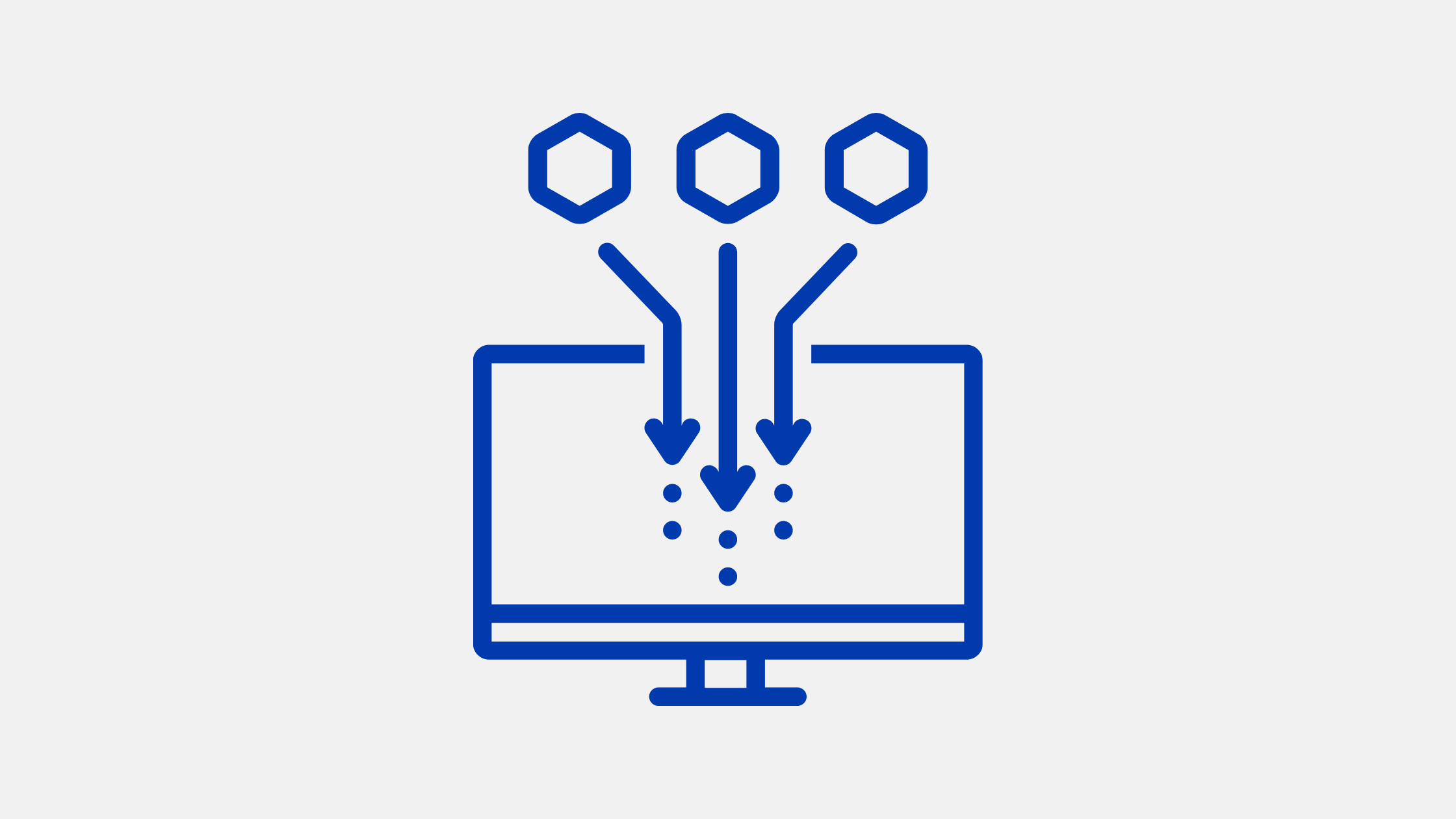
Once the initial meeting is held, it’s time to gather any additional requirements and finalize anything that might still be up in the air. This follow-up meeting should provide enough information and facilitate enough discussion to formulate three specific things necessary to make the job a success:
1. A Definitive Project Vision
This consists of an all-encompassing summary of the project goals, features, and expectations you’re looking for. It’s essentially the “mission statement” for the project, and it will be adhered to from start to finish.
2. A Project Charter
The project charter is a more detailed and in-depth look at the overall project. It breaks bullet points down into details, assignments, objectives, and deadlines, serving as a reference for anyone involved.
3. A Mind Map
A mind map is a visual illustration used to demonstrate the relationships between the project’s different stages and features. Designing a mind map helps provide clarity and a visual “roadmap” for an otherwise abstract process.
Bringing it All Together
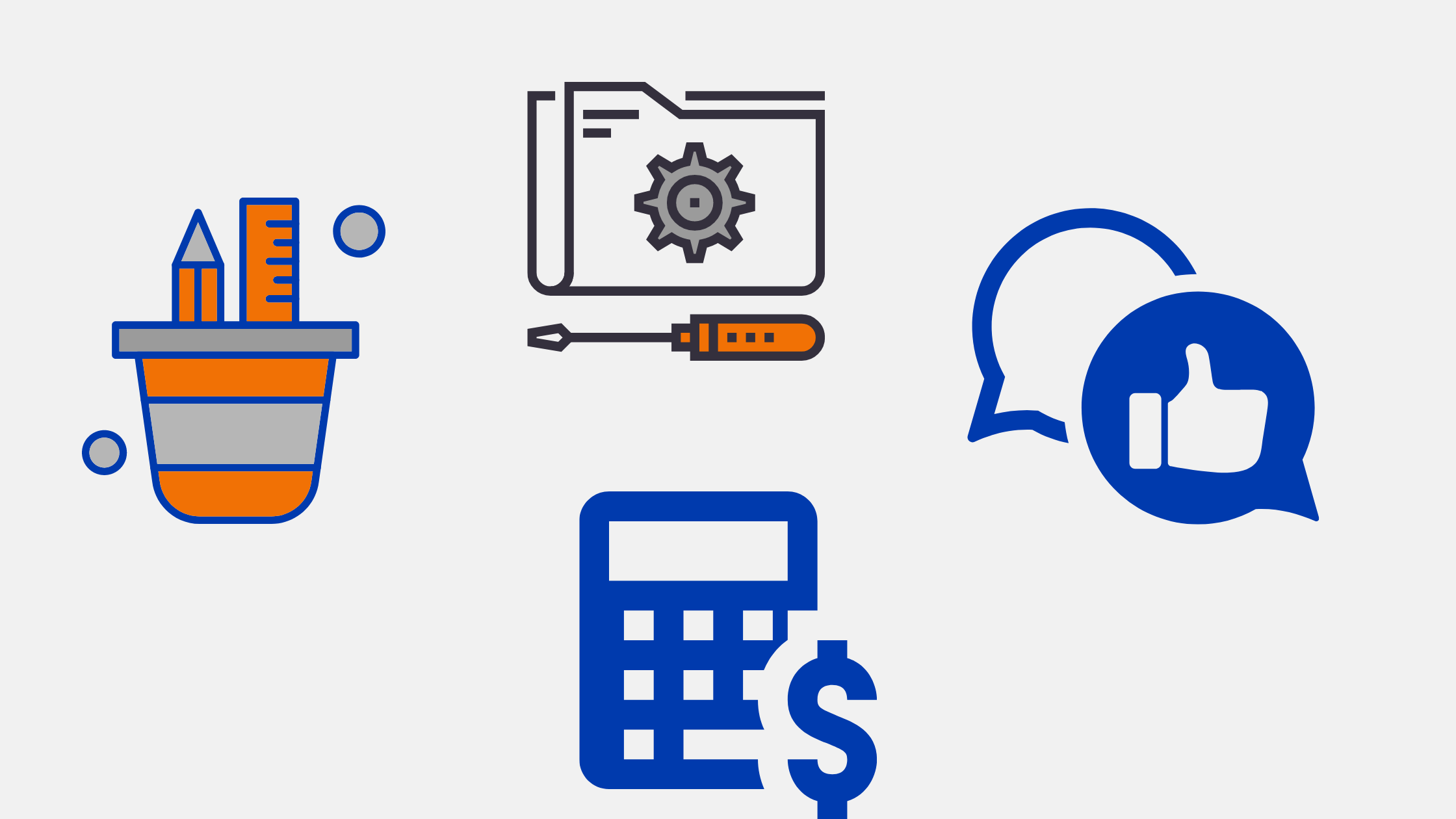
Again, the initial information gathering and discussion remain some of the most important parts of any software product development Discovery Phase. However, you still need to take all that loose information and assemble it into a working solution. Below, we’ll outline the steps in this process.
Design Creation
This is where a design model is built based on all the features and implementations that have been discussed thus far. The goal of this project architecture should be to provide an accurate idea of which features can be implemented and what final result can be expected given the established budget. This project development process is akin to “prototyping” in industrial or manufacturing industries.
Getting Feedback on the Design
By gathering feedback on the design, you allow everyone the opportunity to voice their opinions and suggest changes before the development process begins. This can end up saving you countless manhours while ensuring the end product architecture is exactly what you envisioned. It also allows you to see which features can be incorporated and which not be feasible given the current project budget.
Tech Documentation
Now it’s time to get things in writing.
A Software Requirements Specification (SRS) is a detailed description of the software system being developed. It’s modeled after a standard business requirements specification, and it’s actually used in much the same way. This document is vital to the process because it establishes and finalizes which features will go into the software.
Estimates Proposal
Once all the details have been properly fleshed out, it’s time to produce an estimate.
Remember that the project budget was established back in the early parts of the Discovery Phase. However, this new estimates proposal is based on the features, timeline, and scope discussed since then. In most cases, the two estimates will be similar, largely because the design and SRS were based on prior discussions.
What if We Skip the Software Development Discovery Phase?
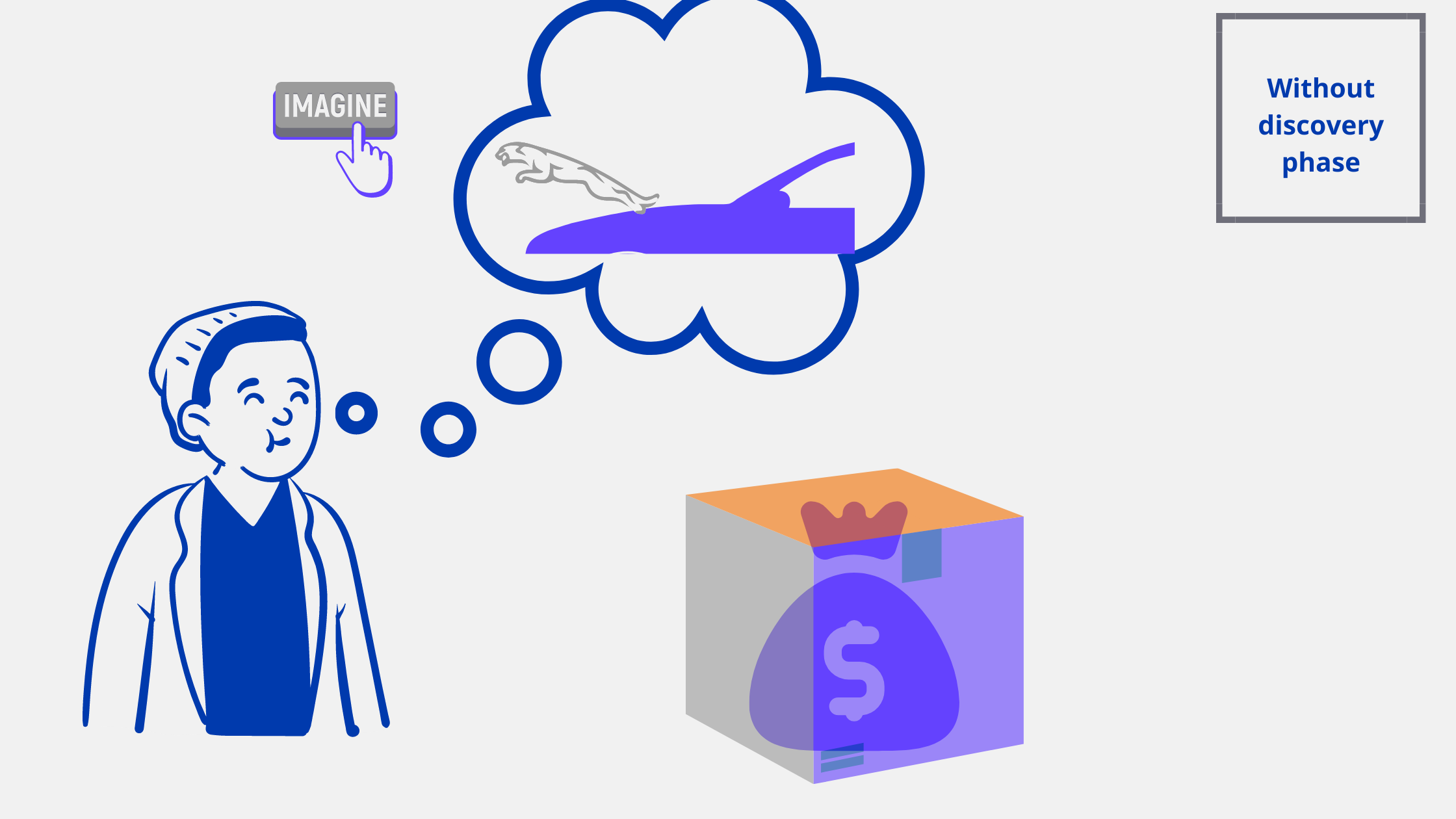
The Discovery Phase in software development is like a “testing ground” for thoughts and ideas. It’s a place where all factors of the project can be discussed at length before anyone is fully invested in a “master plan.” Most importantly, it allows the client to establish realistic expectations based on their budget and timeline.
But what happens when the Discovery Phase is skipped?
Generally, there will be a high level of uncertainty among the team due to a lack of detail and information.
Team members may struggle to understand the full scope of the project, leading to misunderstandings, wasted resources, and wasted money.
It may become harder to establish and stick to the project architecture.
The project may experience enforced customizations after lunch.
Worst of all, the final product might not meet expectations or live up to standards.
Finally, without an initial discussion, key features may be omitted from the final product.
What Are the Benefits of the Discovery Phase in Software Projects?
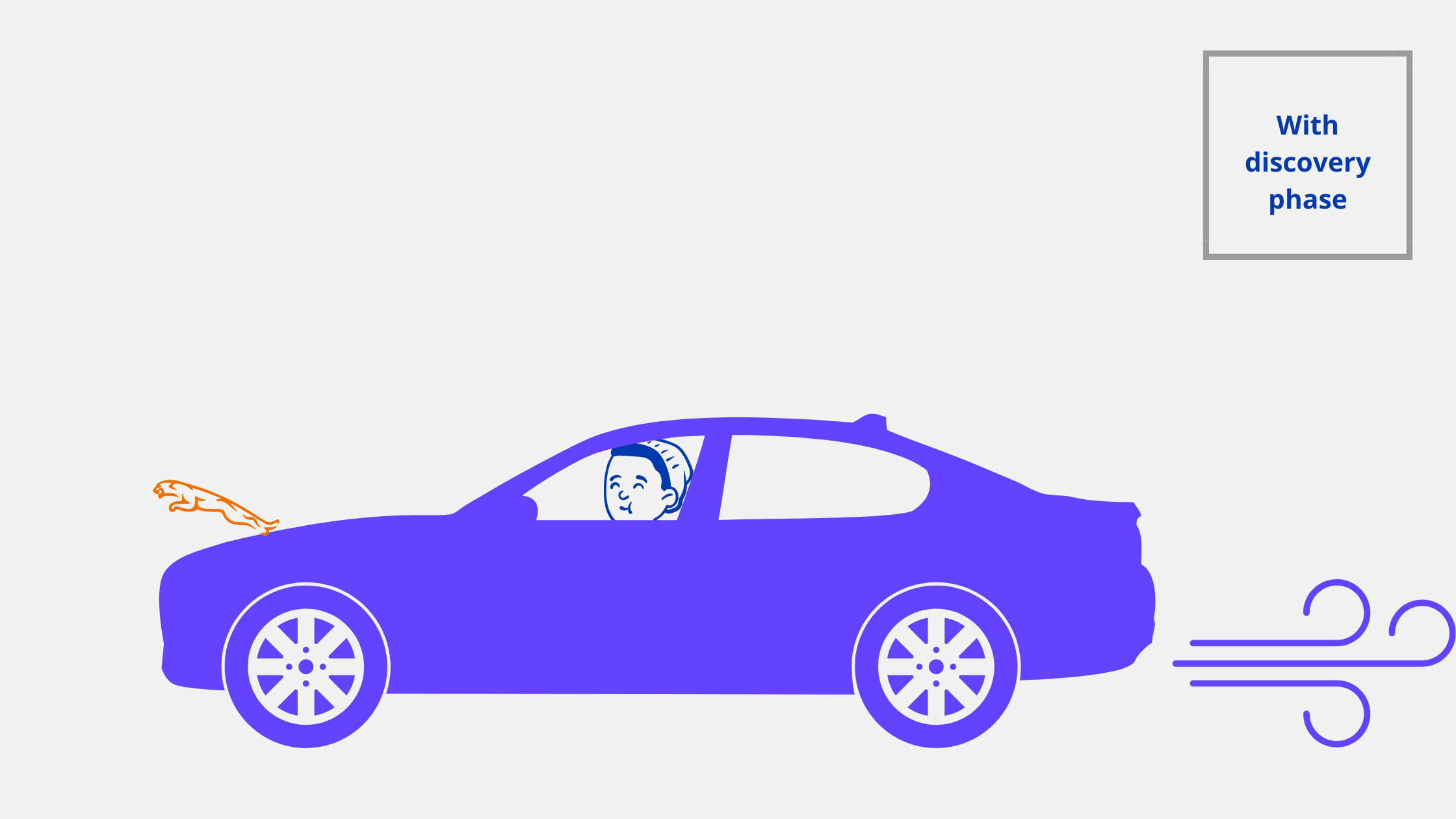
As we’ve suggested, the Discovery Phase entails quite a lot of work and coordination. Still, it’s a vital part of putting together a successful plan. With so many different moving parts and pieces, it’s imperative to properly establish project expectations ahead of time before jumping straight in.
But there are many other benefits as well. For instance:
The Discovery Phase helps establish a much more accurate estimate based on the client’s budget.
It helps optimize cost development.
It helps define a target audience for your project.
It provides a comprehensive and clear vision of your end goal.
It minimizes risk by addressing issues and details well beforehand.
It helps establish and maintain relationships with vendors and clients throughout the entire process.
Project Discovery Phase Deliverables
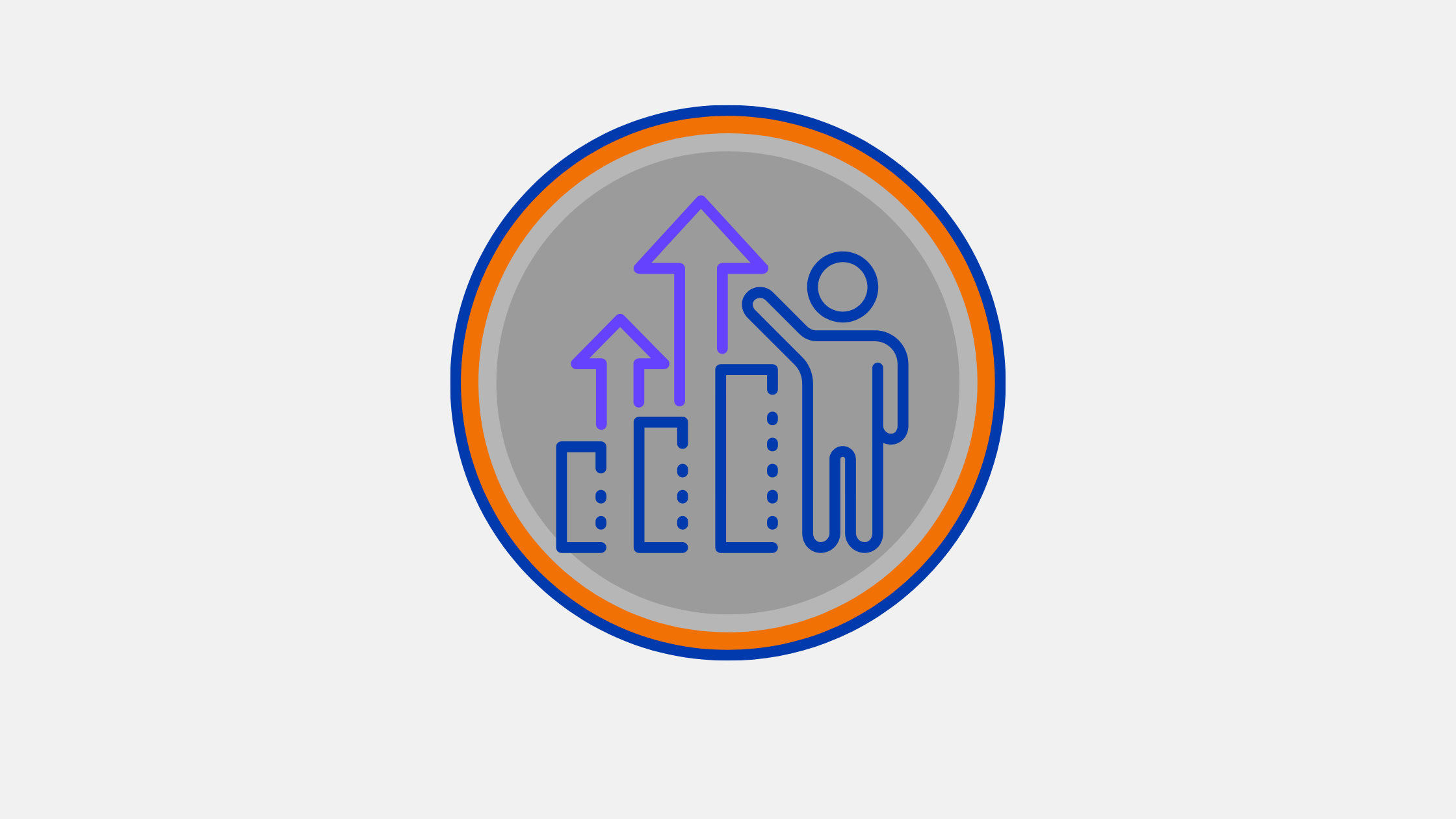
Once the Discovery Phase is complete, everyone involved should have a comprehensive idea of what the project will look like and what to expect from the final product. However, there is a multitude of other deliverables you can expect from completing a successful Discovery Phase.
For instance:
Design Creation (UX/UI) - You will have input on the design and user experience of your software system
Design Feedback - You will get the chance to showcase and test the design, share it with future users, and gain valuable feedback before things become permanent.
Tech Documentation - SRS is a valuable resource that establishes written standards and expectations so that all parties are on the same page.
Architecture (Component diagram, Deployment Diagram) - You will benefit from a well-detailed design and project process that your team and partners can easily understand and convey.
Tech Stack - You will have input on the tech stack, including things like the desired platforms, programming languages, software, and other tools used in development.
Team Structure – You can establish the team well before work begins. This means that work can be assigned and managed right off the bat.
Estimates Proposal - You will have access to accurate and detailed costs from the very beginning. This means you’ll always know where the project stands in relation to your initial budget.
How Long Does the Discovery Phase for Software Development Take?

The timeline of a Discovery Phase really depends on the scope and the extent of the job in question. It can range anywhere from a week to a month, depending on the complexity of the system being constructed. That said, investing this time upfront can save you months during the development and implementation phases, and help ensure the right business outcomes.
When Do You Need a Project Discovery Phase?
If you’re planning a project – even a small one – you should commit a fair amount of time to the discovery process.
Though many managers will consider it a waste of time, there’s simply no overestimating the number of things that can go wrong without a proper plan. It would be like heading out on a road trip without checking a map (or your vehicle). In the end, a detailed analysis of goals and challenges is instrumental to success.
As the name implies, the Discovery Phase should be the first step in any project, after it has been determined that the project will go forward. It should precede funding, scheduling, and any other steps that begin allocating company resources. After all, it hasn’t yet been decided if, how, and how much of those resources should be used.
Another important step in this process is to perform market research. After all, a detailed market analysis will tell you a lot about existing software development projects similar to yours. In there, you can often fast-track many of the technical requirements, gain instant information about the target audience, and even get a technology stack template.
Implementing the Discovery Phase
As you can see, the Discovery Phase is an essential part of the software development process. With so much at stake when launching a project, it pays to invest a little time upfront in establishing standards and expectations. Moreover, the process could end up saving countless hours and thousands of dollars later by identifying potential problems long before the project starts.
However, facilitating a Discovery Phase can be difficult, especially if you've never really done so before. As with so many such processes, it pays to have experts involved to help align the project itself to your business goals.
InventorSoft is a well-established software development company that provides Front-end and Back-end development. With years of experience, we know exactly what it takes to run a successful software development project from start to finish. So, if you’re in need of a partner that can support you and provide the expertise to facilitate success, contact us or set up a meeting here.
Related articles

Top 10 Advantages of Microservices

AI in SaaS - Top Ideas and Trends in 2024 that will make a difference

Comparison of TOP 14 Node.js Frameworks (2023) - Inventorsoft
- What is the discovery phase of a software development project?
- What is the Reason for the Discovery Phase of a Project?
- Who Should Be a Part of the Discovery Phase?
- What’s Included in the Project Discovery Phase?
- What if We Skip the Software Development Discovery Phase?
- What Are the Benefits of the Discovery Phase in Software Projects?
- How Long Does the Discovery Phase for Software Development Take?
- When Do You Need a Project Discovery Phase?
- Implementing the Discovery Phase

